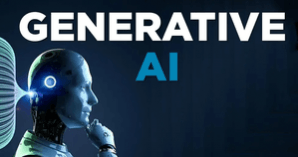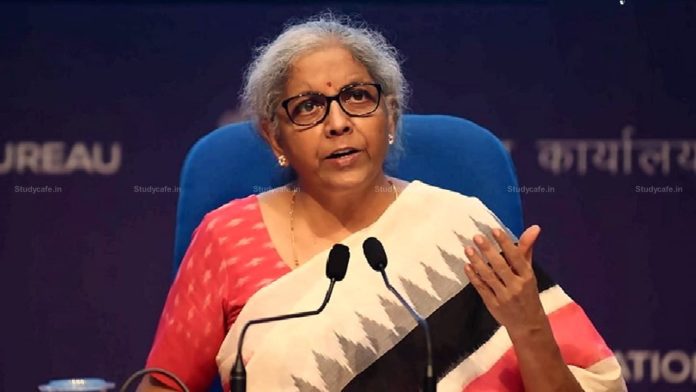
New Delhi, Delhi, India The Convergence Foundation, in collaboration with India Impact Sherpas, released their seminal report titled, ‘Systemic Impact Exemplars: Unique Approaches Towards Solving India’s Development Challenges.’ This report aims to identify and learn from organizations that have achieved significant impact by adopting the systems change approach.
These organizations-System Support Organisations (SSOs)-work in close collaboration with governments at the Centre as well as State levels, to create impact at a large scale. In addition to working with the governments and aiming for impact at the population scale, systems change involves solving the problem at the root cause; no quick fixes or band-aid solutions.
The Central and State Governments in India already spend a lot on social and economic development. In 2022-23, the cumulative social expenditure by the Central and State Governments amounted to Rs. 21.03 lakh crore, according to the Reserve Bank of India. However, despite substantial investments by the Indian government, there is still potential for accelerating progress towards achieving India’s development goals. More SSOs need to work with governments to provide technical and programmatic support for population-level impact. With this report, The Convergence Foundation and India Impact Sherpas aim to offer an actionable framework on how SSOs can work with governments to create outsized impact.
The report profiles 20 of India’s leading SSOs, shedding light on their innovative strategies and impactful initiatives. By showcasing real-world examples, the report seeks to inspire and inform other nonprofits, providing valuable insights into what works in the Indian context.
At the launch event, Vini Mahajan, Secretary, of the Department of Drinking Water & Sanitation, Ministry of Jal Shakti, commended the work and contributions of the 20 organizations profiled in the report. “Nonprofit organizations that have adopted the system change approach by implementing scalable pilots and working meaningfully with governments can contribute to large-scale change,” she said.
Ashish Dhawan, Founder and CEO of The Convergence Foundation, emphasized the importance of systems change in addressing the country’s complex challenges. He said, “The systems change approach is a pivotal idea that has the highest potential for transformation. We conceptualized this report to identify and learn from leading Indian organizations that have adopted systems change to inspire and inform other social purpose organizations by building evidence on what works in the Indian context.”
Highlighting the criticality of adequate financial resources to take on the country’s sticky challenges, Hari Menon, Director, India Country Office, Bill and Melinda Gates Foundation, said that “Systems change, anchored by government and supported by partners, holds the potential to deliver long-term transformation, enhancing the efficiency of development programs and creating lasting impacts on people’s lives. Achieving such change, however, takes time and will require philanthropists and other funders to provide committed support for organizations partnering with the government on systems change over an extended period of time.”
The report comprehensively examines various systems change practices, including
- Creating demand and alignment for change
- Grounding the Theory of Change in data, evidence, and research
- Informing the design and implementation of policy
- Designing and demonstrating scalable solutions
- Investing in population-scale platforms
- Strengthening institutional capacity in government
- Building partner networks for scale
- Creating viable markets for the underprivileged.
Each of these practices is explored in depth, providing valuable insights for organizations seeking to drive systemic impact and create meaningful change in India’s development landscape. The report serves as a comprehensive knowledge resource, intended to shape thinking on systems change. It outlines frameworks for how social purpose organizations can adopt it, and offers models on how SSOs can create disproportionate impact.
Mansi Praharaj










